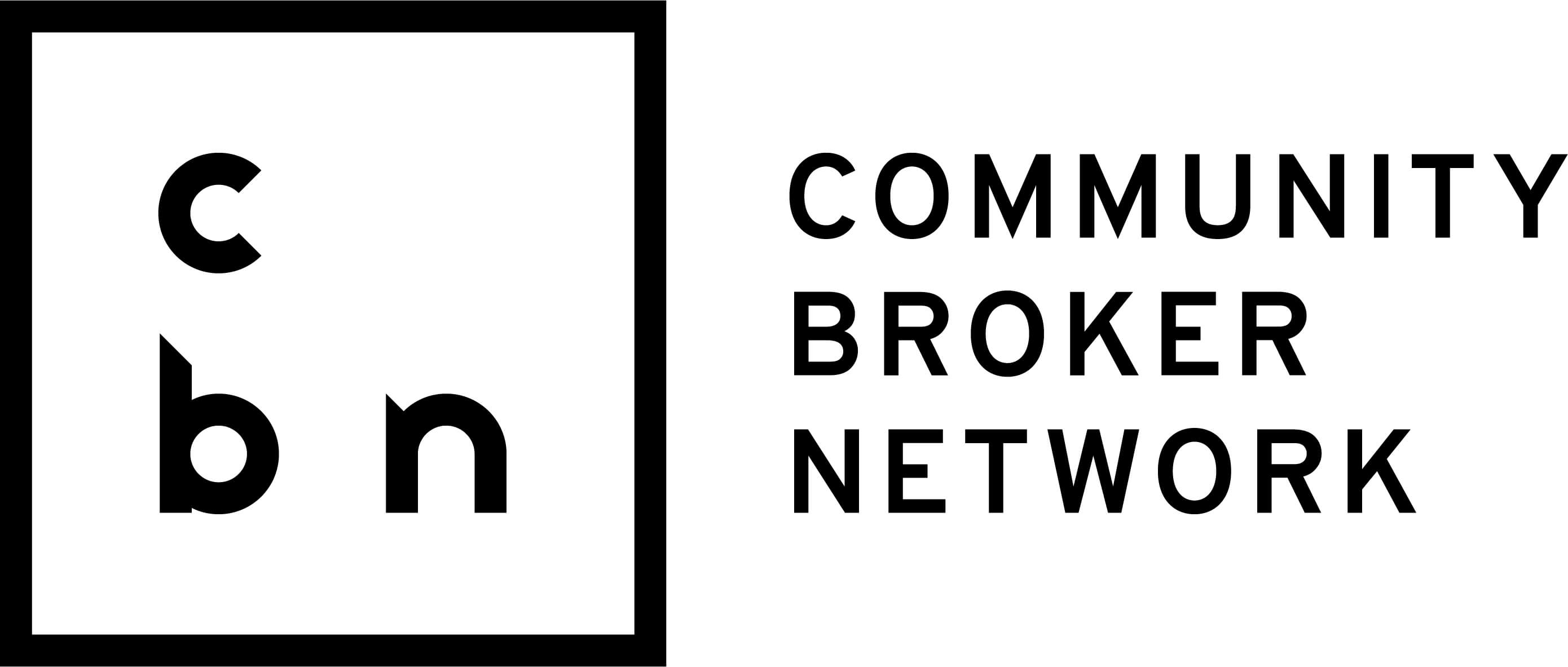Psychological Injury Hotspots Across Industries
.png) Psychological injury claims have doubled in the past six years in Australia’s most populous state of NSW. They represent about one in
eight workers’ compensation claims. These claims make up an outsized 38% of Australia’s total claim costs.
Psychological injury claims have doubled in the past six years in Australia’s most populous state of NSW. They represent about one in
eight workers’ compensation claims. These claims make up an outsized 38% of Australia’s total claim costs.
However, those figures account for a massive 38% of Australia’s total claim costs. The average payout for a psychological injury has soared to $288,542 in 2025, far outstripping the cost of most physical injuries, according to a NSW Workers’ Compensation Parliamentary Inquiry.
But it’s not an isolated NSW issue. SafeWork Australia’s data from last year echoes this.
For SMEs, unmanaged mental health hazards mean more paperwork, new regulations, and rising premiums. Here are some straightforward changes that can help protect your team and control costs.
Where the Main Pressure Falls
Safe Work Australia data shows that mental injury claims are increasing faster than physical ones in almost every industry.
The latest Avetta research found many managers in high-risk industries believe their safety controls are ‘fit for purpose’. Actually, six in ten actually have major gaps in managing mental health and stress-related hazards.
Key hotspots include:
- Customer-facing workplaces: Staff in hospitality and retail dealing with aggressive customers and changing demands
- Healthcare and community services: Workers exposed to trauma and emotional fatigue
- Construction and office-based roles: Long days, tight deadlines, and unclear roles, all adding up to burnout risk
- Educational professionals: Nine out of 10 teachers experience moderate to extremely severe stress, and almost 70 percent say their workload is unmanageable. Half of school leaders face serious mental health issues like burnout and stress, according to leading annual surveys
These pressures are felt most in smaller teams, where one stress claim can lead to paid leave, reduced morale, and more work piled on everyone else.
Understanding the Risk Landscape
Psychological injuries usually develop over time, driven by ongoing workload pressure, poor communication, and frequent stress.
Secondary psychological injury claims, where physical injury leads to mental health issues, have become increasingly common. These claims now cost five times more than physical ones, and keep employees away from work three times longer.
When a worker feels unsupported, left out of recovery planning, or uncertain about what comes next, secondary psychological injuries can take hold. They’re often triggered by poor communication, a lack of flexible duties, ongoing conflict or isolation, or mixed messages about recovery expectations.
Each state and territory now follows national codes treating mental health risks on par with physical hazards. That means workplaces are expected to spot and manage psychosocial dangers — and keep good records for each step.
If those records aren’t up to date, defending a claim can get complicated and costly.
Each industry faces distinct psychosocial risks, so the most effective prevention strategies are tailored to context rather than one-size-fits-all. For example, structured de-escalation training can lower customer aggression risks in retail, while clearer workload planning reduces burnout risk in healthcare and education. When these controls are documented, they not only lower claims frequency but also strengthen an employer’s ability to defend claims if they arise.
Simple Ways to Reduce Mental Injury Risk
While stress can’t be eliminated, you can manage it proactively to limit major disruptions:
- Benchmark controls: Check your mental health and safety practices against current industry standards and address any gaps
- Clear policies and communication: Help your staff access support quickly, and enable team leaders to respond early
- Review your cover: Ensure your insurance includes psychological injury and that your records match insurer requirements
- Encourage open talk: Regular check-ins, role clarity and reasonable breaks all help prevent burnout
- Keep simple records: Track when workloads and risks are reviewed because the extra organisation pays off
Why Small Changes Count
Workplaces that support teams early retain good people, minimise absence rates, and boost morale. It’s less about big programs and more about manageable steps that show you care and help everyone keep moving forward.
It’s worth chatting with us. We can help you review your cover, spot gaps, and share tricks from other businesses. A five-minute call can save headaches down the track.
Workplace psychological safety is more than just ticking boxes. It helps people feel supported, want to stay, and keeps your business
running smoothly.
Important notice
This article provides information rather than financial product or other advice. The content of this article, including any information contained in it, has been prepared without taking into account your objectives, financial situation or needs. You should consider the appropriateness of the information, taking these matters into account, before you act on any information. In particular, you should review the product disclosure statement for any product that the information relates to it before acquiring the product.
Information is current as at the date the article is written as specified within it but is subject to change. BICS make no representation as to the accuracy or completeness of the information. Various third parties have contributed to the production of this content. All information is subject to copyright and may not be reproduced without the prior written consent of BICS.



